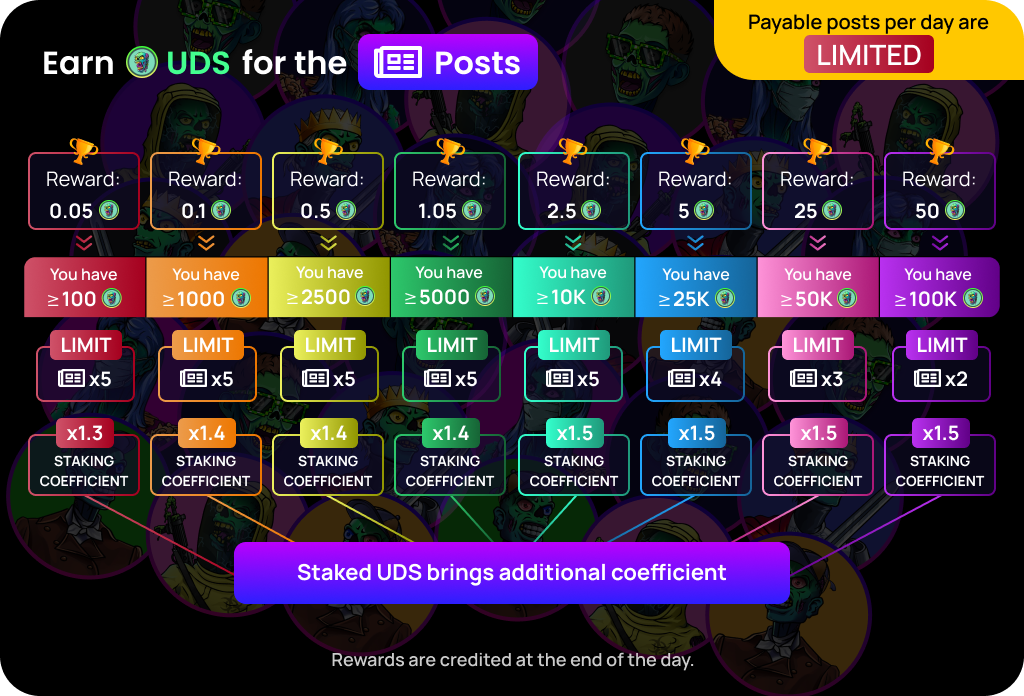How do restaking and “EigenLayer”-type protocols change staking economics?
-

Traditional staking means locking tokens to help secure a blockchain and earn rewards.
Restaking lets those staked tokens also secure additional services (like new chains, rollups, oracles) by reusing the same economic collateral.For example, EigenLayer allows Ethereum validators to “opt in” to validate other networks using their already-staked ETH.
This increases capital efficiency—one deposit earns multiple revenue streams—but also introduces shared risk:If an external service is attacked and slashed, the staker’s ETH on Ethereum can be penalized.
Correlation risk means a single failure could cascade across multiple networks.
Restaking could reshape validator incentives and make ETH more productive, but it concentrates risk.
Professional operators need to weigh additional yield against the possibility of amplified slashing.

















